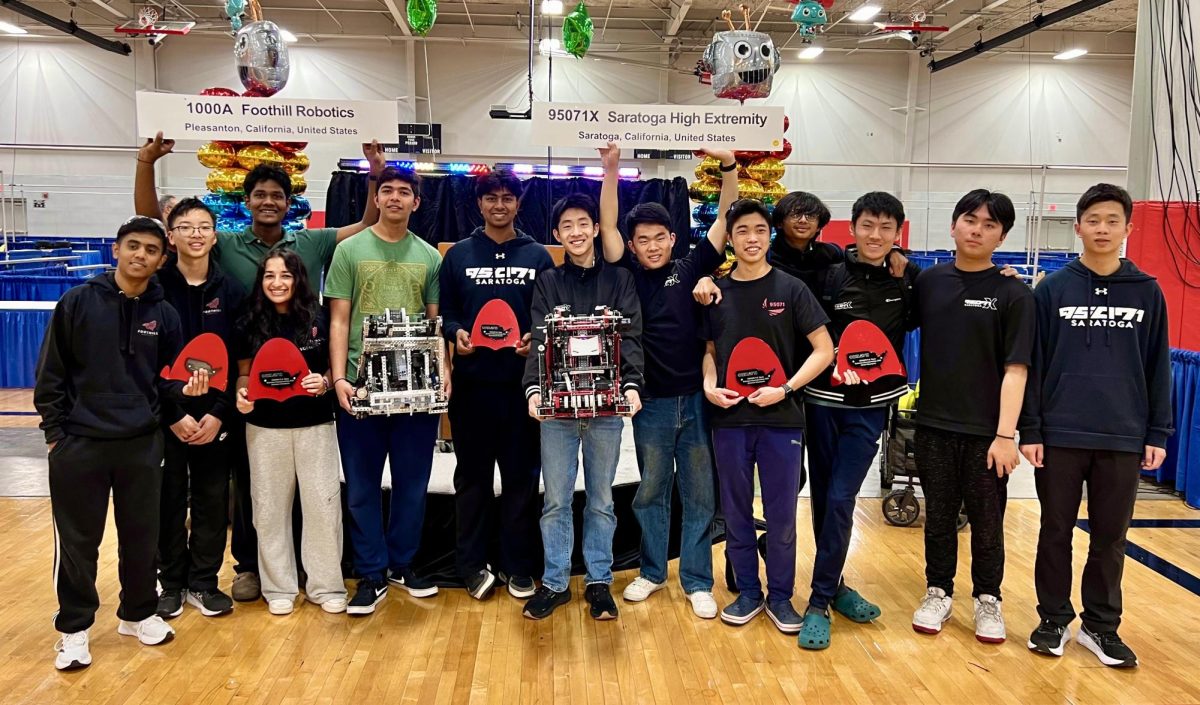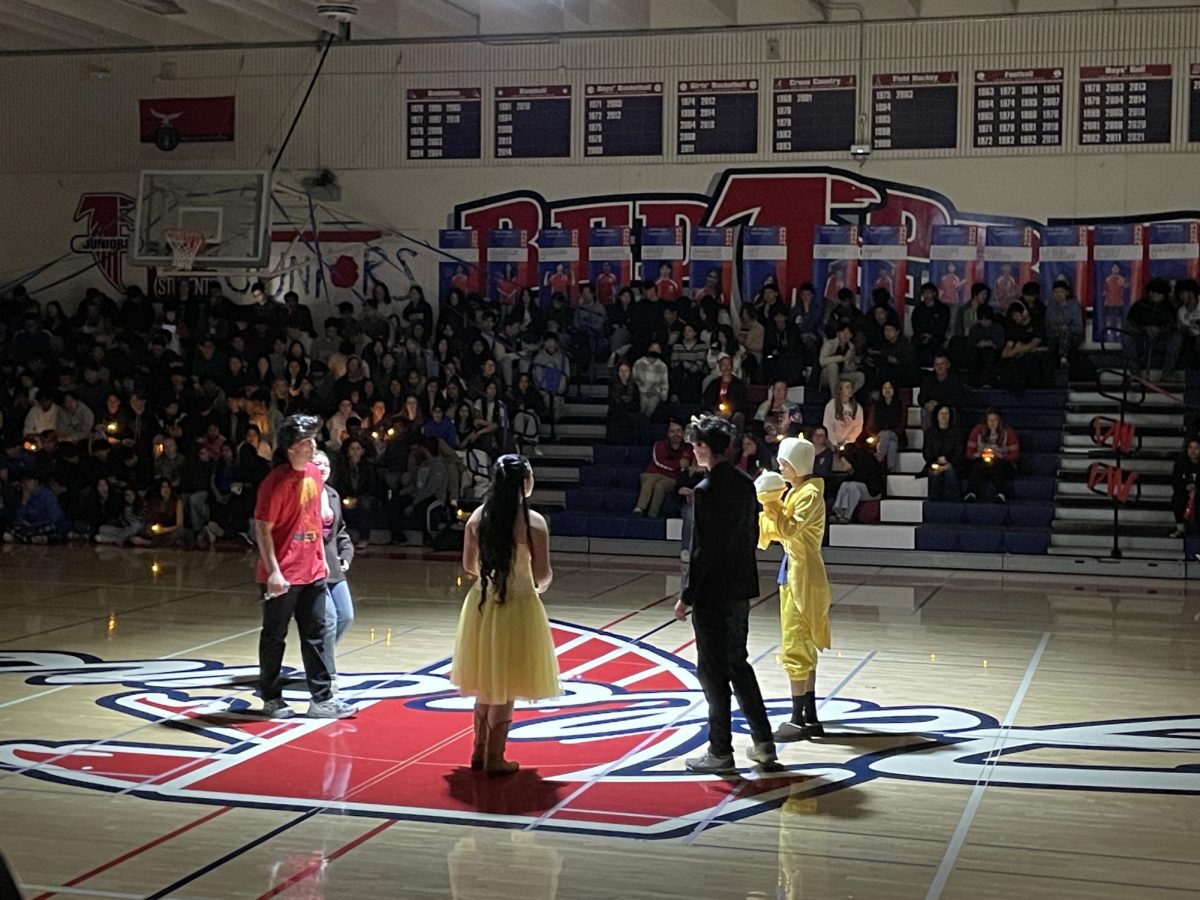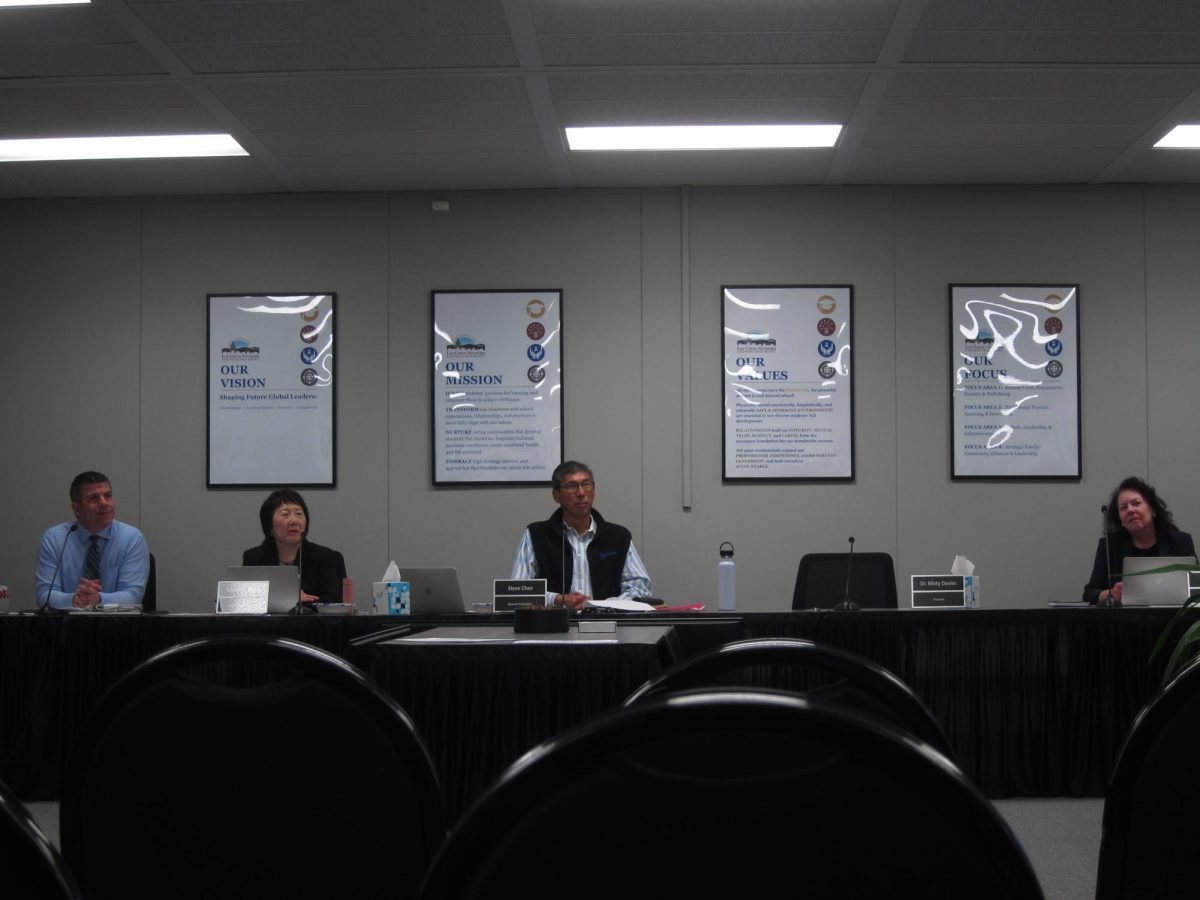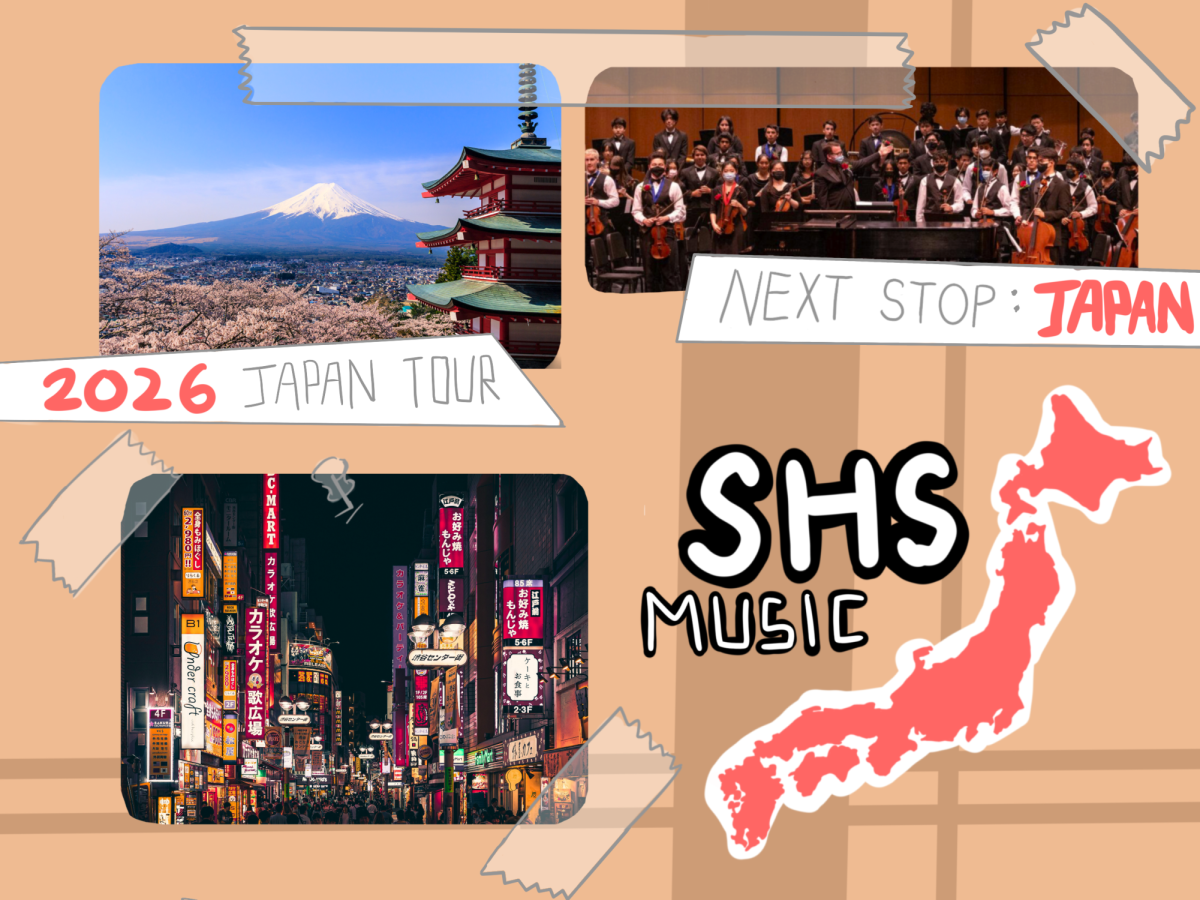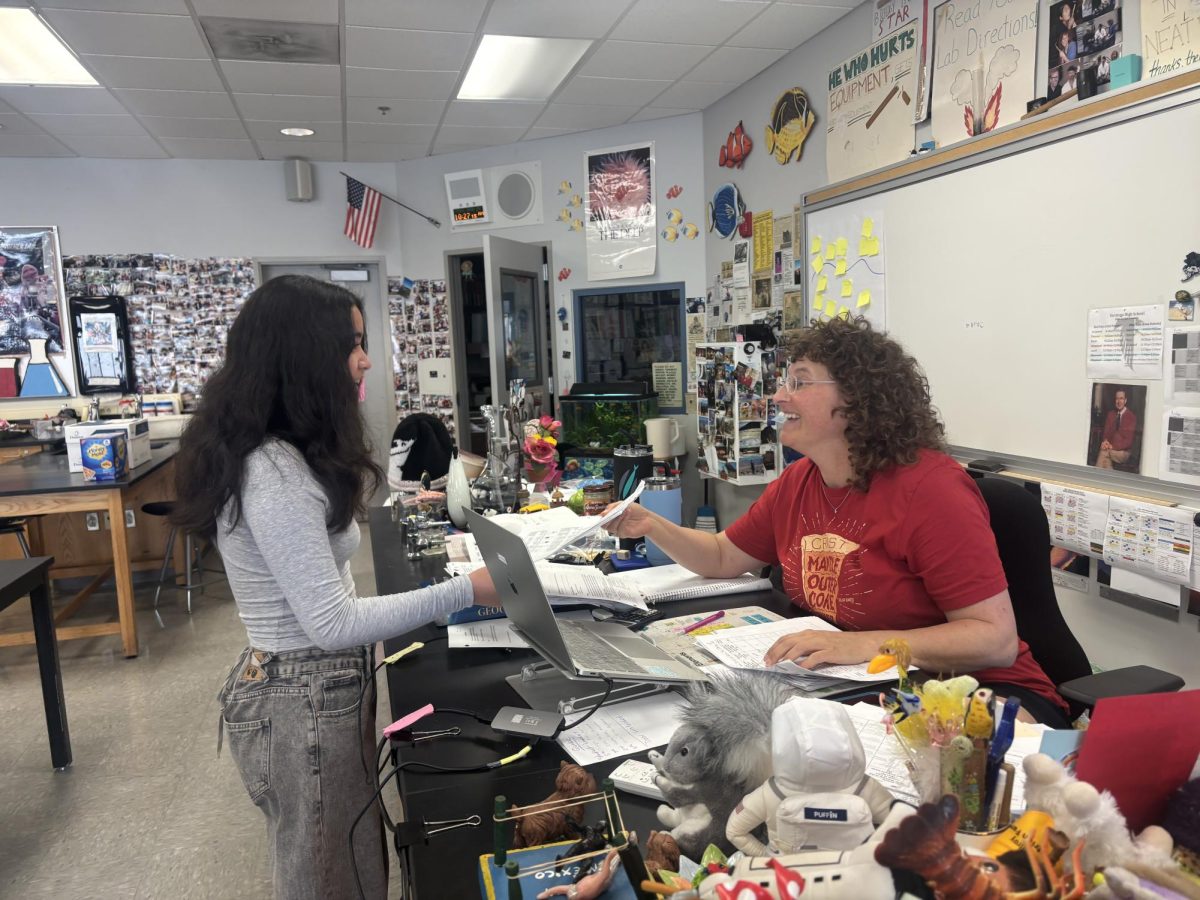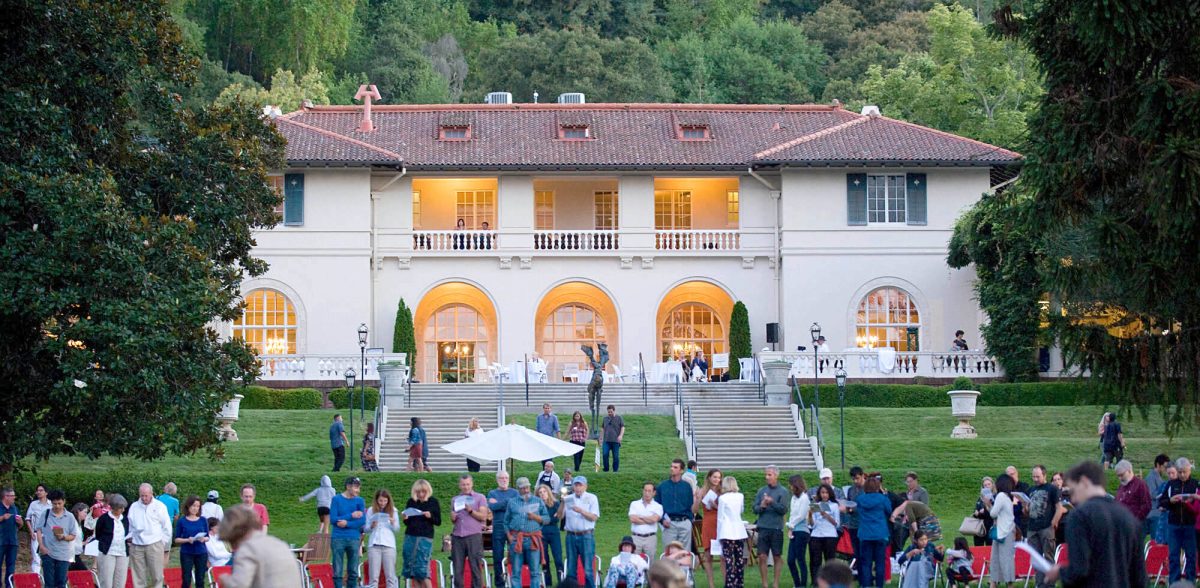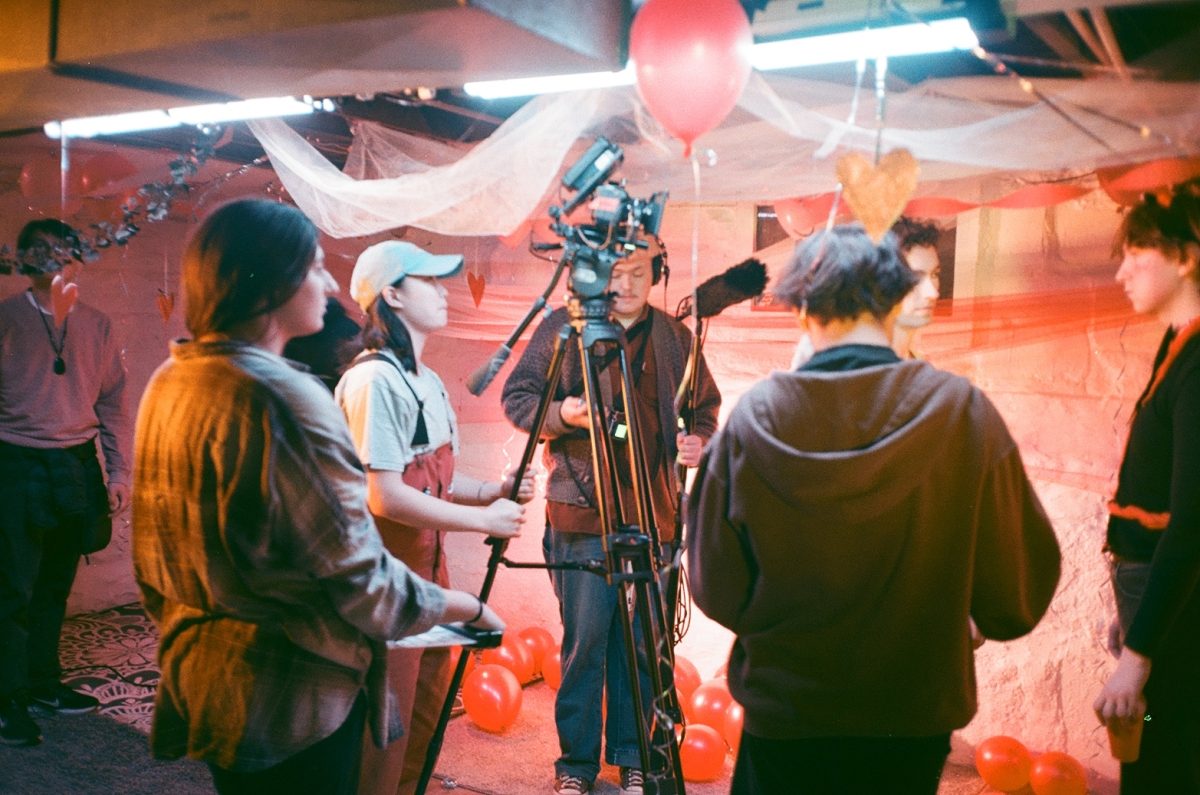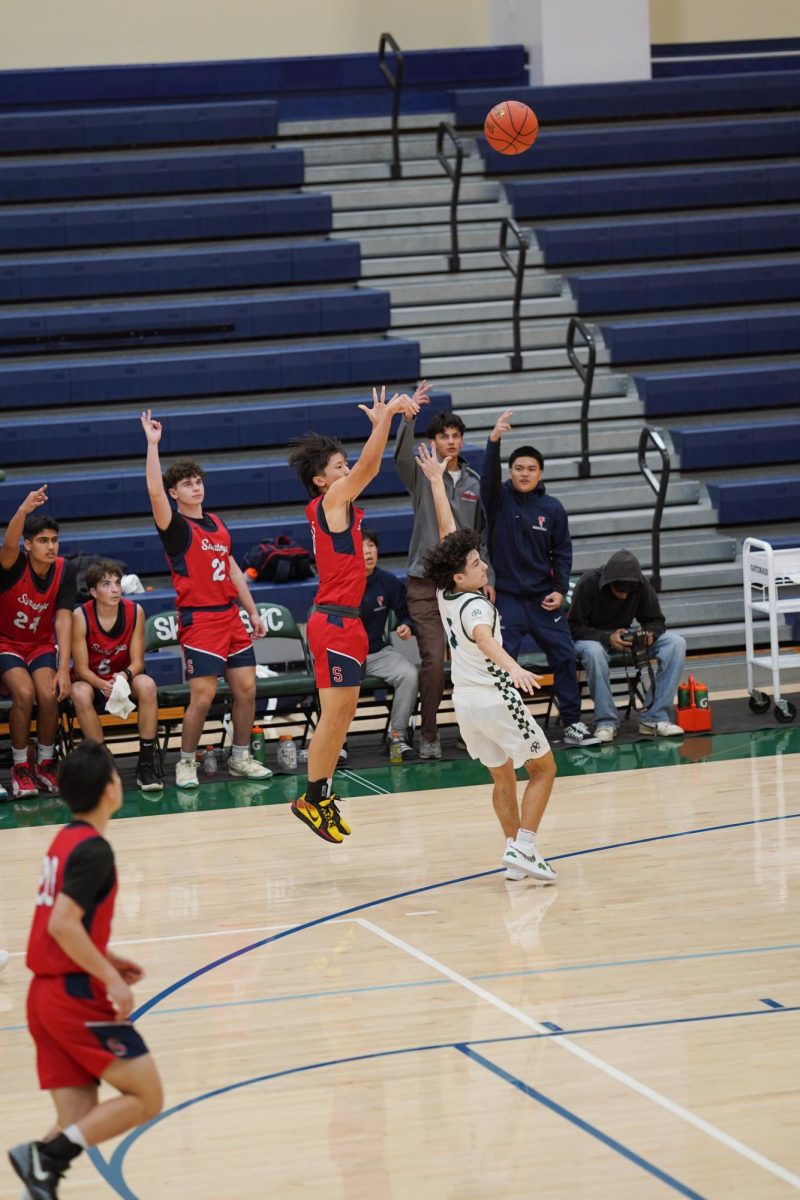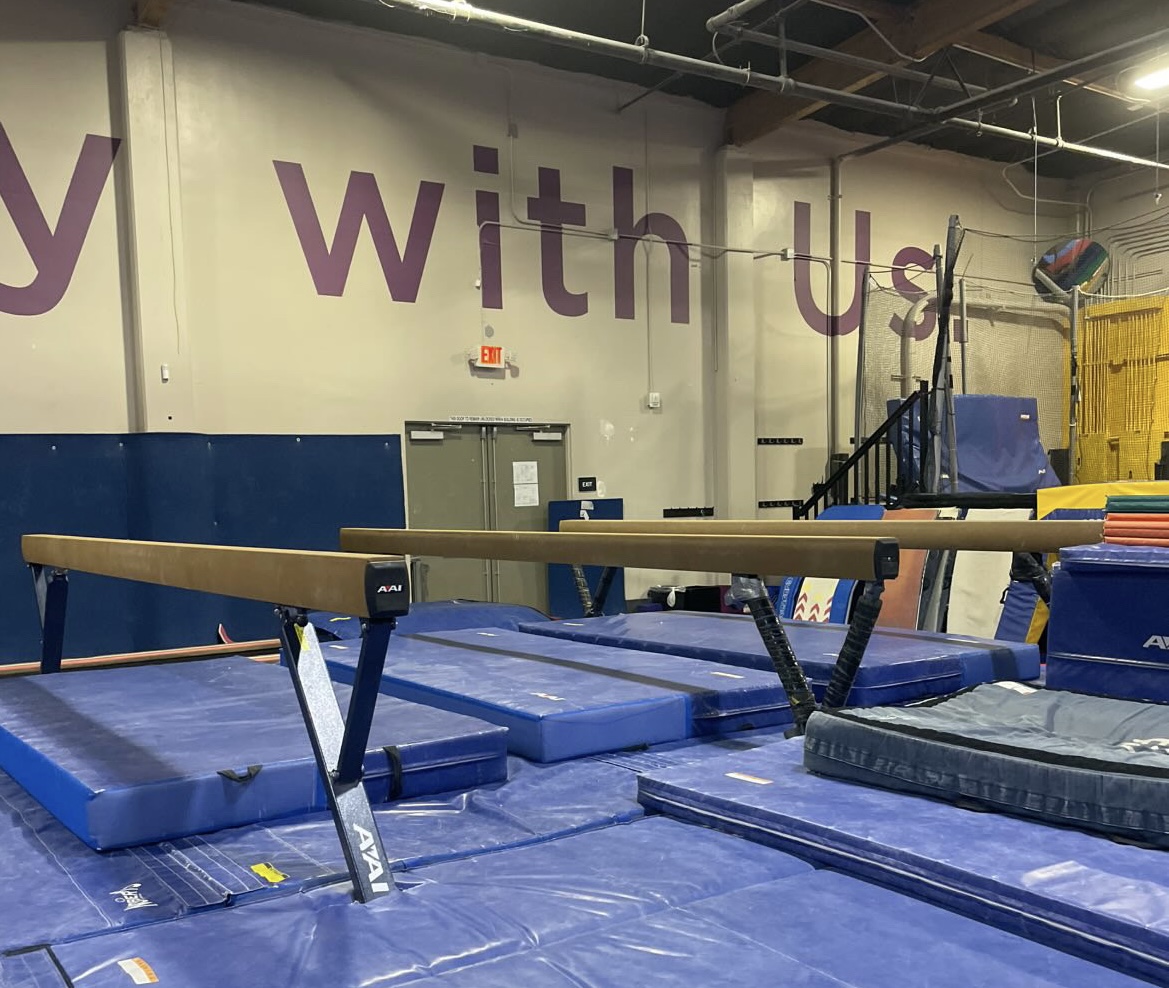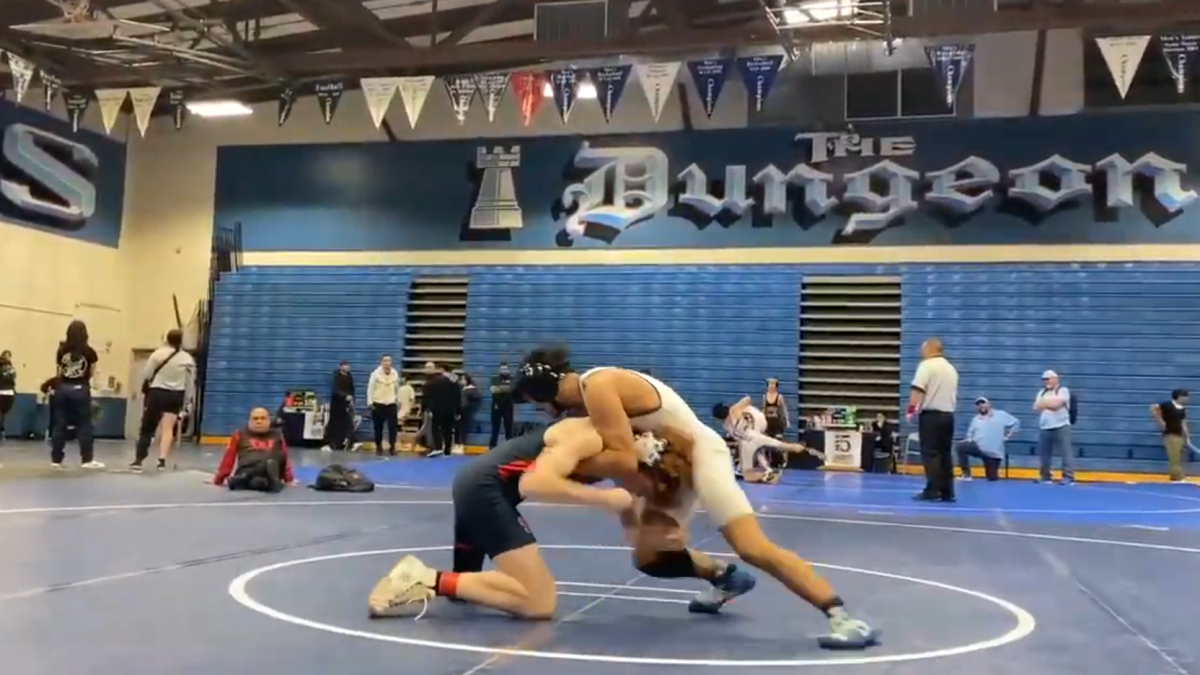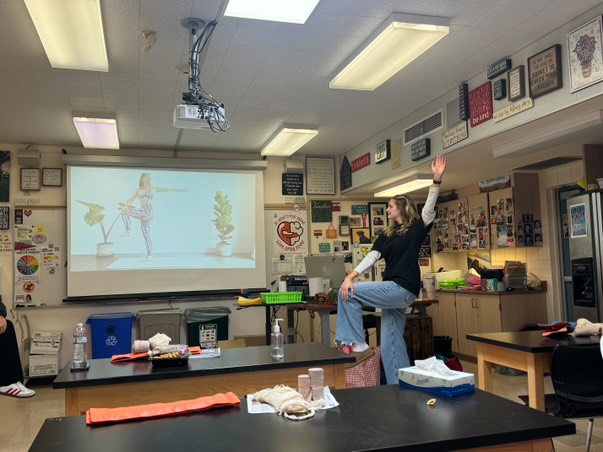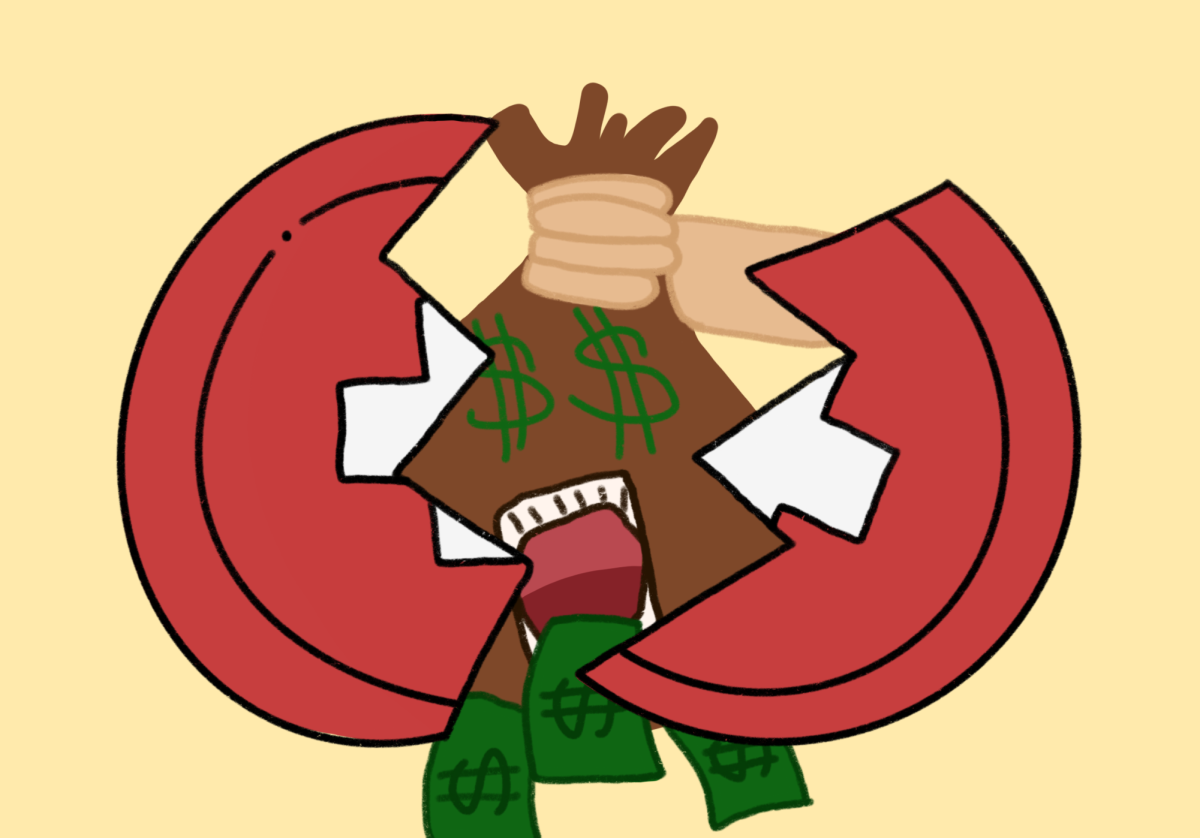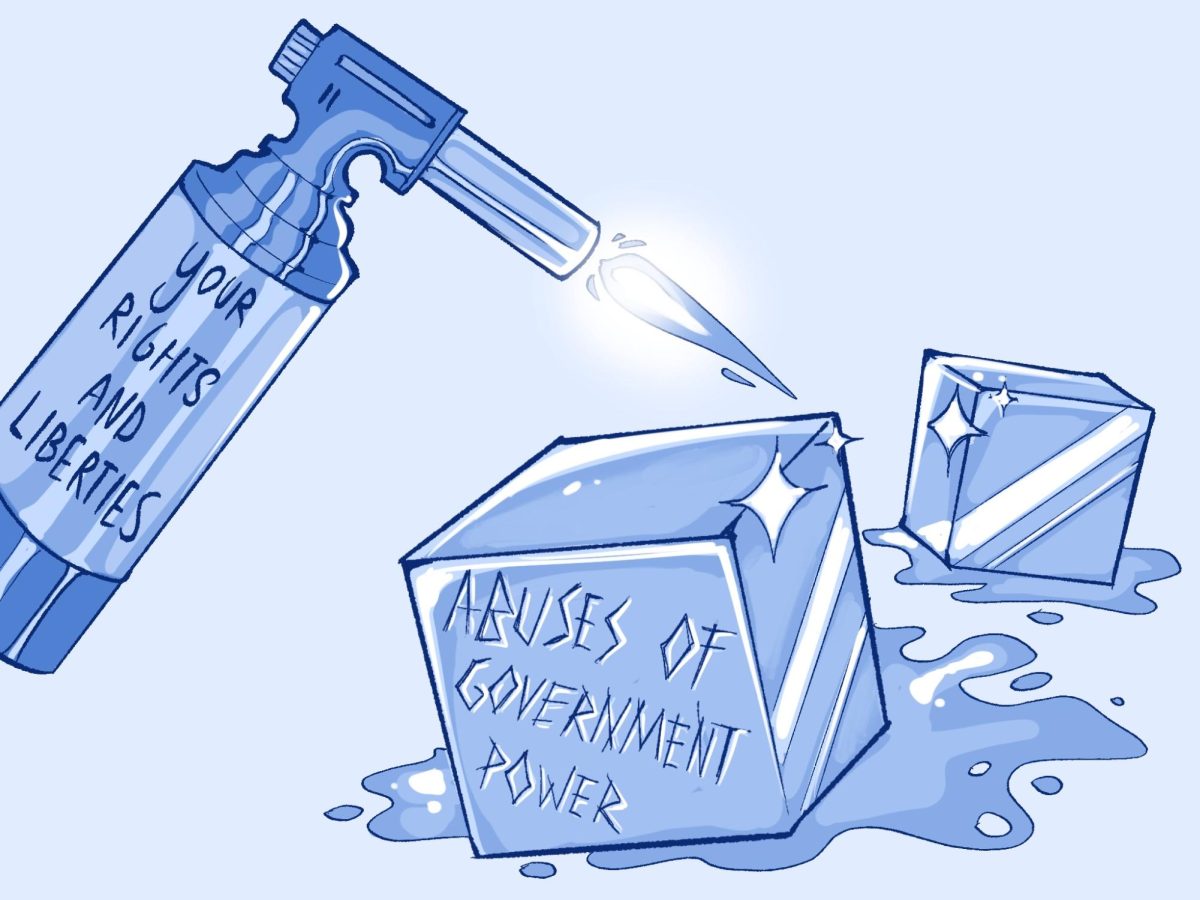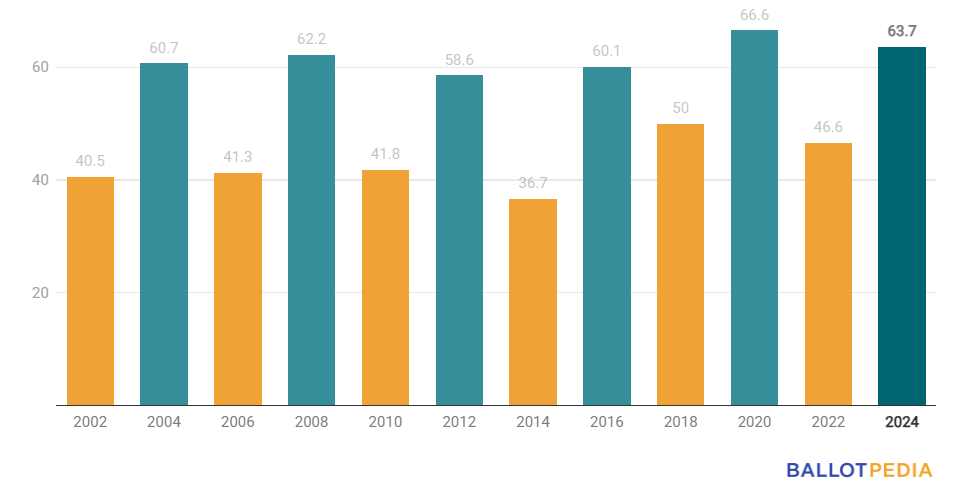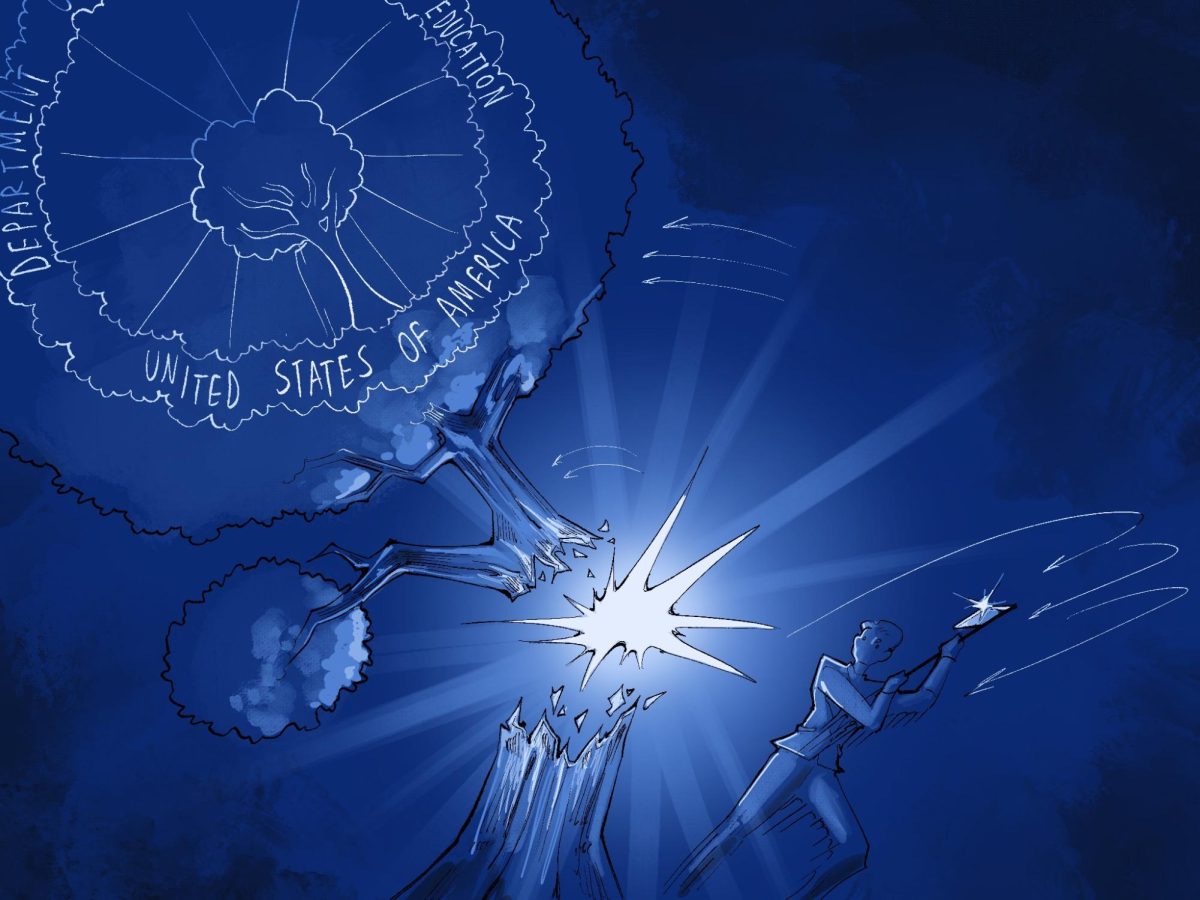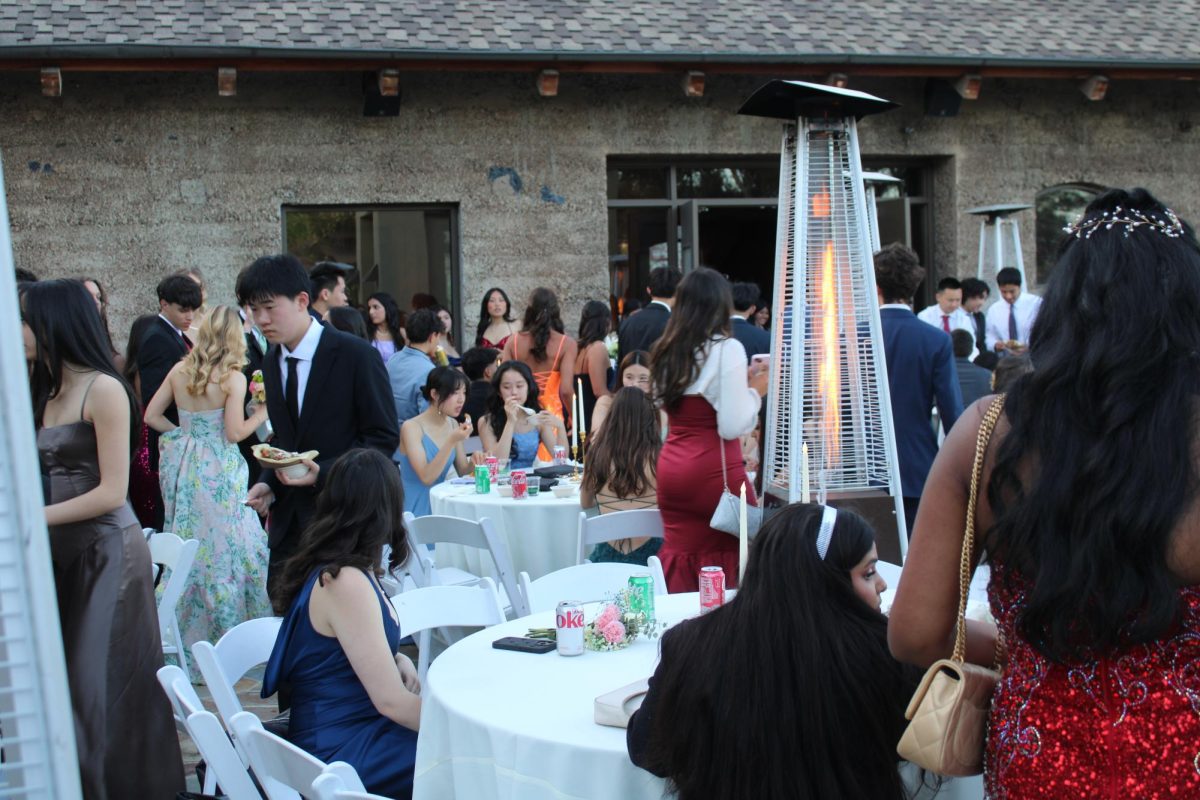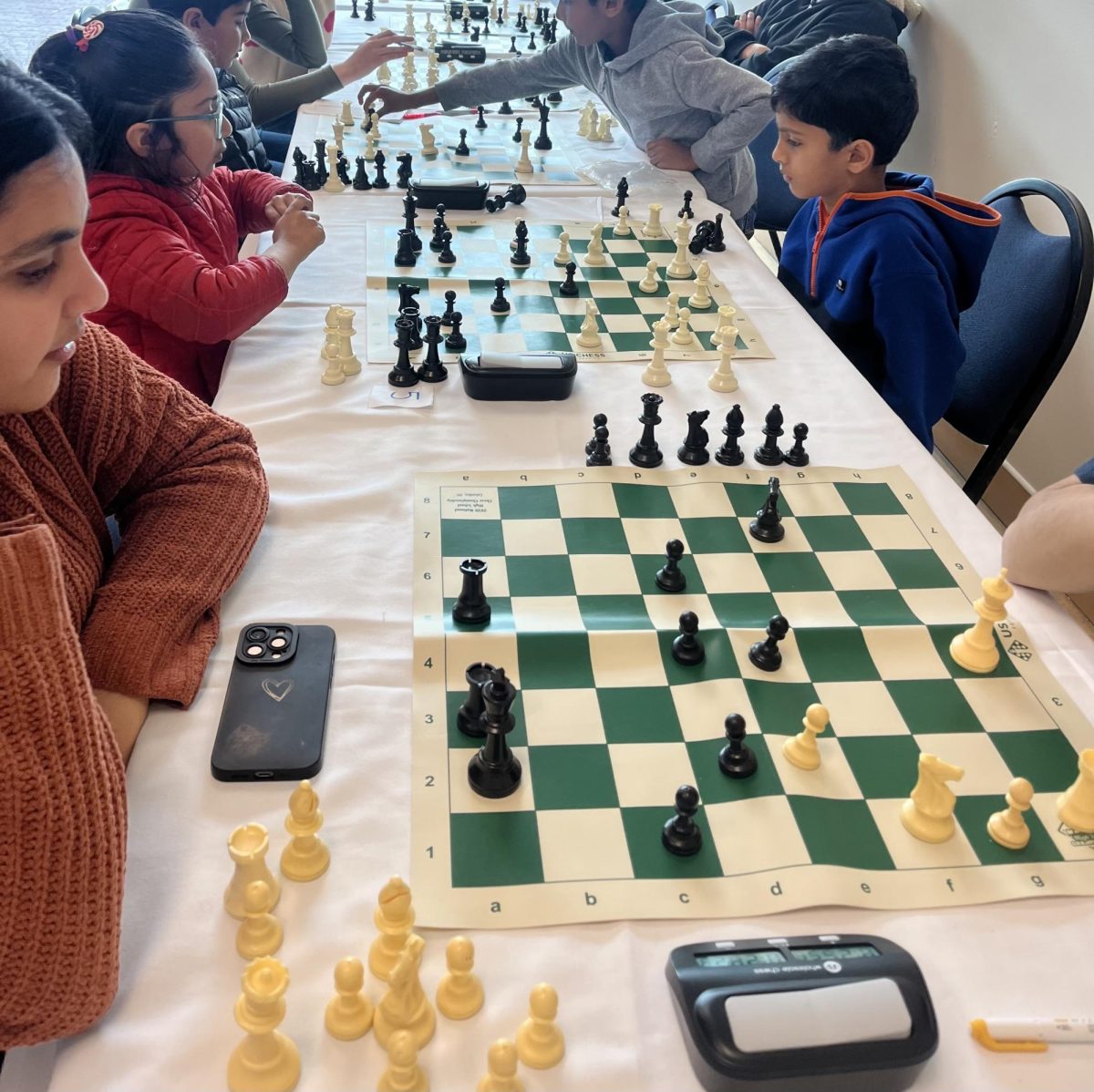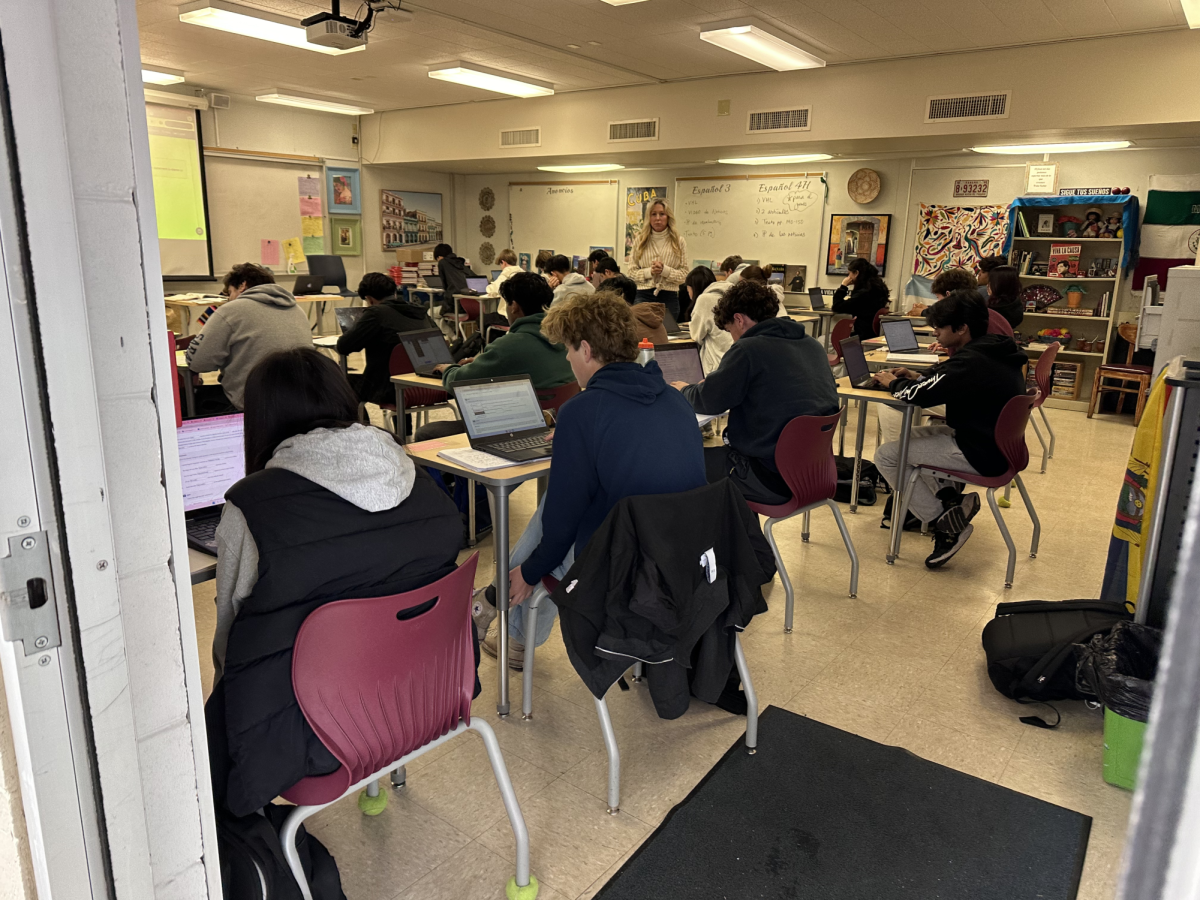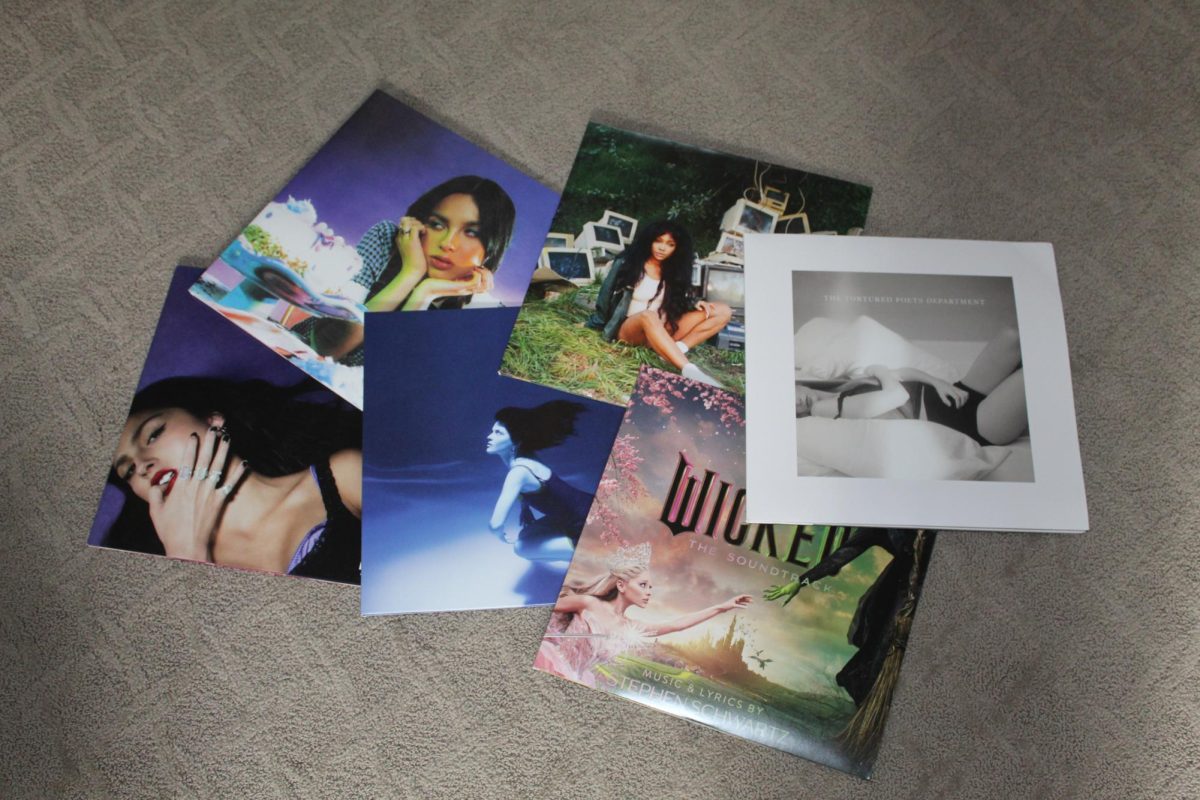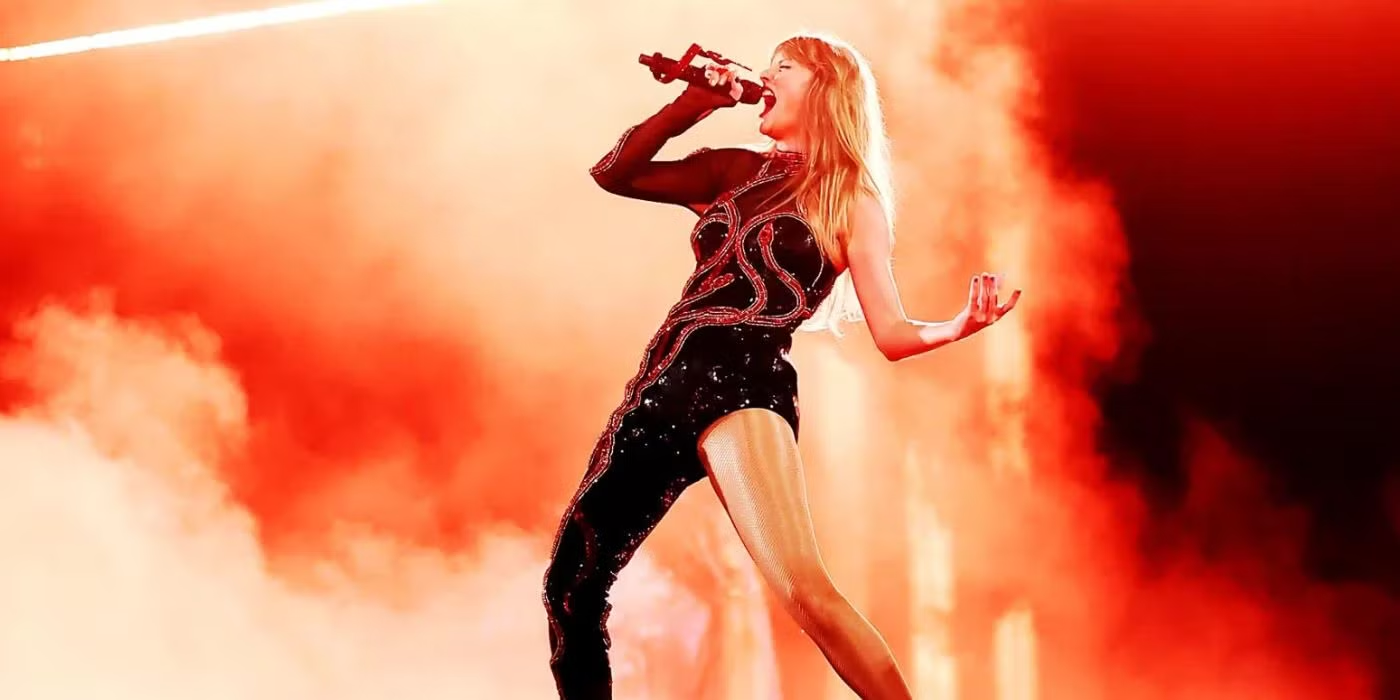Walking through the halls of school, most students listen to music using AirPods or other headphones. In 2024, two in three people listened to music using a streaming service. Streaming services such as Spotify, Apple Music and Amazon Music are the most popular, according to Statistita. In the pre-streaming age, however, vinyl and CDs were the primary form of listening to music.
In 1977, the average retail vinyl price in the United States was $7.32 — the equivalent of $30.18 in today’s dollars. This was the peak of vinyl sales, with about 344 million sold. Sales decreased from there, with a low of 2 million vinyl records sold in 2000. However, sales started increasing again in 2006, and in 2023, about 49.6 million vinyl albums were sold in the U.S. due to the nostalgia, aesthetic and tangible experience.
“I like to collect vinyls because it’s fun to have something physical from my favorite artists and build my collection,” sophomore Norah Heller said. “Whenever I’m in my room, I like to use the opportunity to listen to my records. I feel like it fills up the space more, and the atmosphere is different when you’re listening to vinyl. It adds a very vintage ambiance.”
Another popular physical form of music is CDs. Senior Amy Pan is a student who owns about 40 K-Pop CDs.
“I like tangible things because it gives you something more personal,” she said. “When you listen to music on your computer, it just feels like something that’s from an app. But if you have the physical CD, it feels like something that’s turning and playing music out of it.”
In the 1980s, music became popular through the radio and cable networks such as MTV. Today, media such as TikTok allows artists, sometimes even lesser known ones, to brand themselves and find an audience. From there, their popularity can expand, such as with pop singer Chappell Roan in the past year.
Even as the modes of listening to music have changed, artists have continued to tour and connect those who consume their music. Money, of course, is the other reason. The average Taylor Swift concert ticket for her Eras Tour cost about $529. With sold-out stadiums, Swift grossed about $2 billion during the tour.
Despite these high prices, devoted fans buy them and have no regrets.
“I like the concert atmosphere because everyone in the audience feels a collective mentality and adoration for this artist. There’s an unspoken bond,” Heller said. “It’s surreal to see that person you idolize in front of you and just think, ‘Wow, that person actually exists and they’re not just on my phone.’”
While some argue that the value of concerts is lower because anyone can just watch videos online, the actual experience is constantly advertised on social media. Vlogs of fans getting ready and attending concerts are often circulated and bring excitement for the concert-going experience. When so many people are posting about attending concerts, it creates a “fear of missing out” effect and even people who are not huge fans feel the desire to go.
The music industry has adapted a lot over the years, but one thing will always be the same: the adoration fans have for their favorite music. Although record players and CDs might seem outdated in the era of smartphones and streaming, Generation Zers are showing they will buy these products and value all that they represent.

